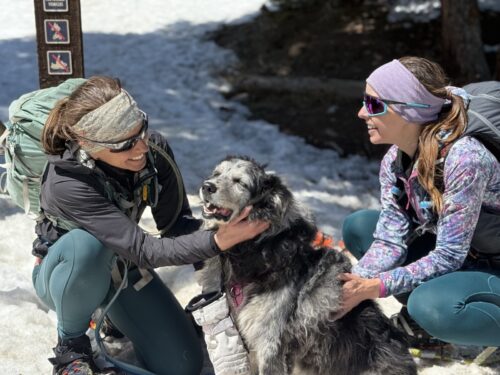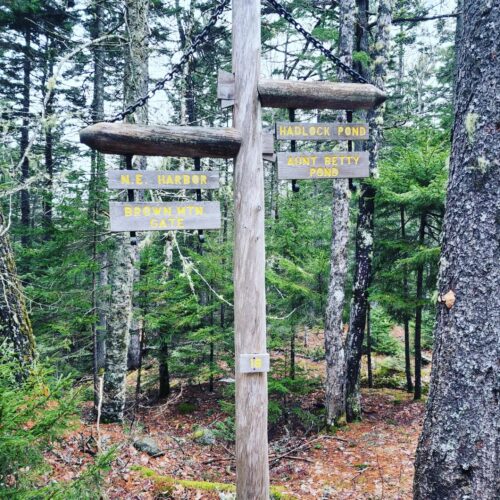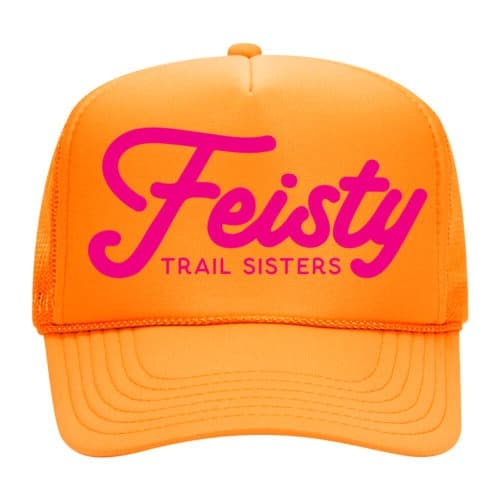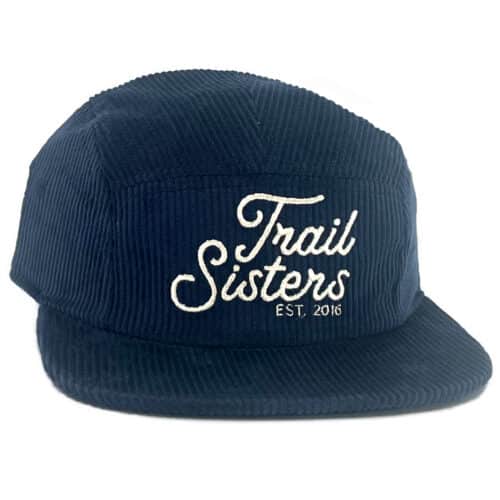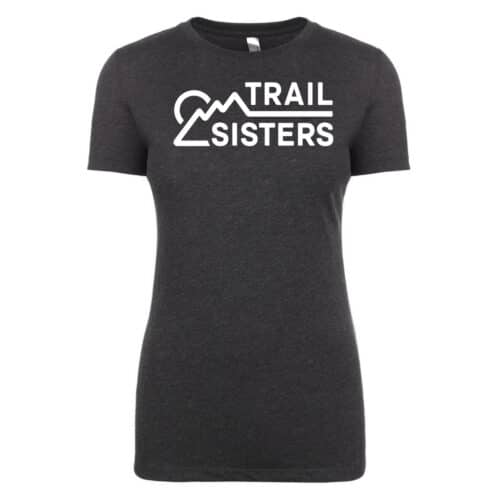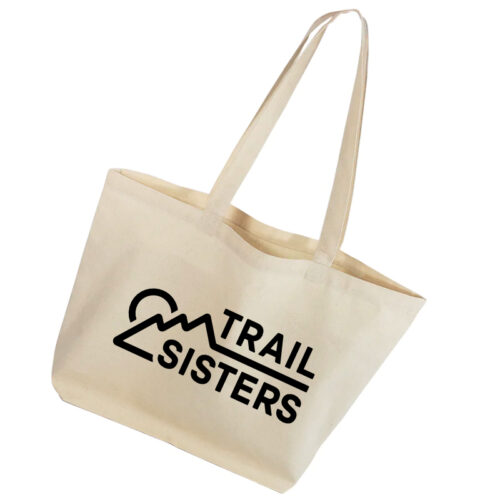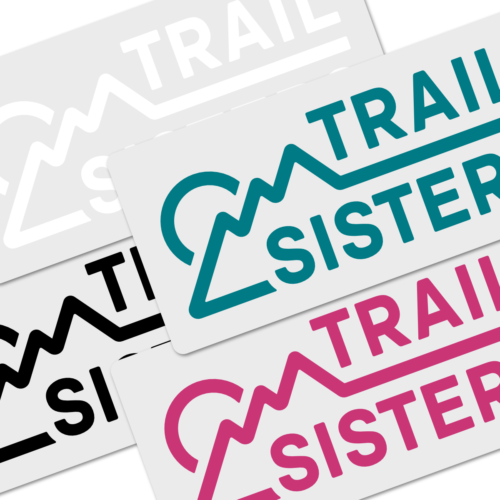Main Menu
Running with Carnivores

Esther is a geospatial analyst and outdoor junkie. When not evangelizing about trail running, she’s in Utah crashing her mountain bike into slick rock, questioning her life choices while skinning uphill in alpine touring skis, or showing her son how to gracefully fall off a boulder problem.
Share This Article!
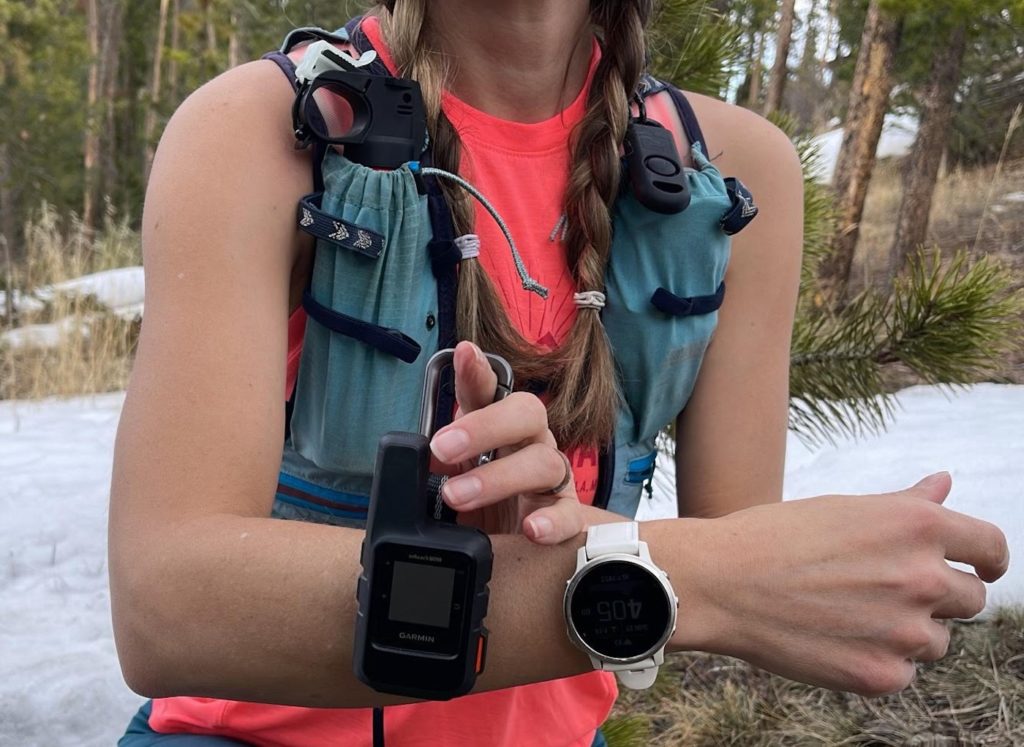

By: Esther Bowlin
Trail runners like it wild. We chase our “why” into remote places, watchfully guarded by locals. For a trail runner, this week’s long run might pass by a mountain lion’s newest cache or a bear’s favorite berry patch. To ensure the safety of both runner and resident, it is vital to understand the carnivores that call your favorite trail home.
As a Montana native and current Coloradan, I’ve crossed paths with every large carnivore in the lower 48. When wolves and grizzlies reclaimed their native land in the 90’s, us Montanans took a crash-course on coexistence. The lessons we learned were invaluable and I bring them along every time I lace up my Altras.
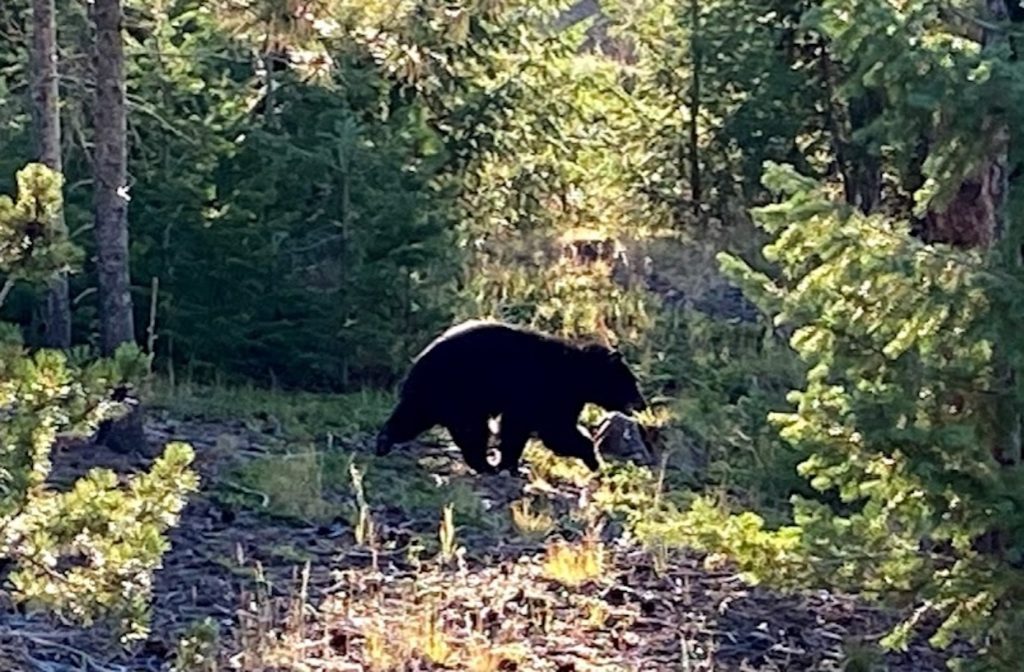
Despite my decades of first-hand experience with large-fanged things, I wanted to see
my favorite sport through the eyes of a land manager. I gathered a list of common carnivore questions and contacted a local professional. Mary Ann Bonnell is the Visitor Services and Natural Resources Director for Jefferson County Open Space in Colorado. Since becoming a park ranger in 1989, she has participated in carnivore research, and was first responder to a serious carnivore conflict in Colorado’s Roxborough State Park. She has watched outdoor recreation evolve on her county’s mountain trails and bore witness to its implications. This is carnivore coexistence through Ms. Bonnell’s expert lens.
Which animals would you categorize as large carnivores?
Ms. Bonnell: Bears, mountain lions, coyotes, and foxes.
Author’s Note: Jefferson County is in west-central Colorado. Recent wolf sightings in Colorado have been limited to northern counties that border Wyoming.
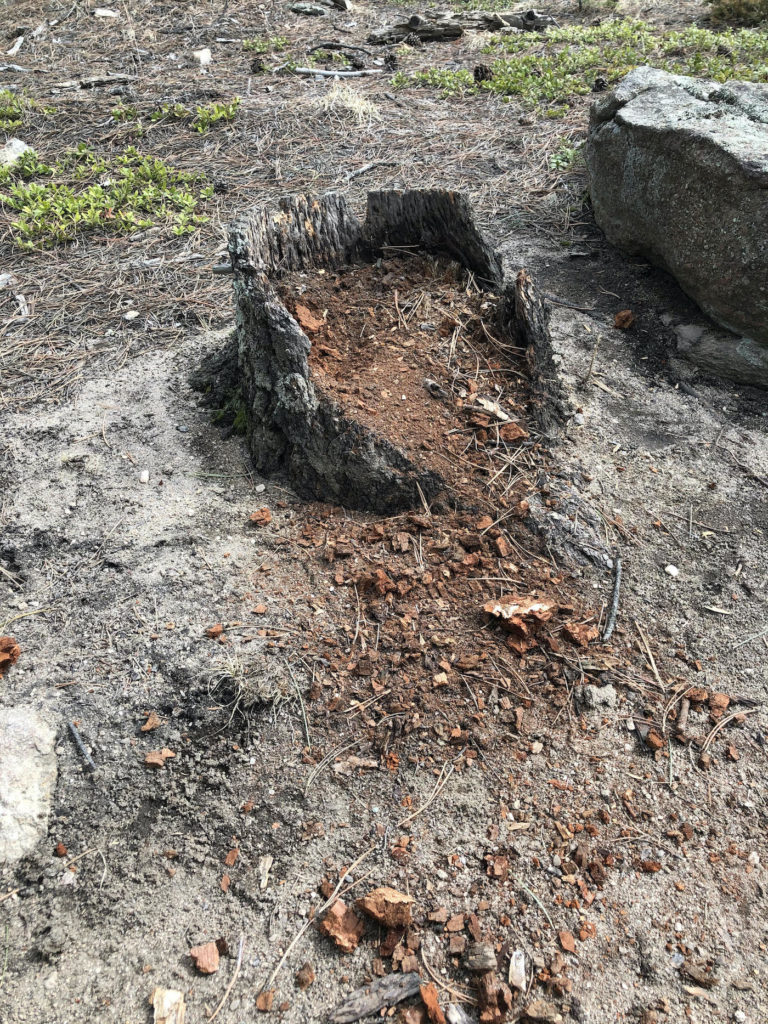
What are the signs that a carnivore is nearby? Should I leave if I see those signs?
Ms. Bonnell: Tracks and scat may be detected, but it is not always an indication that the animal is in the immediate area. It does allow you to confirm a species lives in the area. I recall I was checking a mud closure at Deer Creek Canyon Park and found myself walking the same direction along the trail as some very fresh mountain lion tracks. I decided to leave.
If you encounter a mountain lion carcass/cache, do not loiter in the area or tamper with the carcass. Mountain lions who intend to return to a kill will scrape around and cover a carcass with chunks of dirt, vegetation, and debris. If you hear a family group of coyotes vocalizing or some other vocalization that you are not sure of, I will shorten my dog’s lead and be hyper aware of my surroundings until I get a good bearing on what/where the sound is.
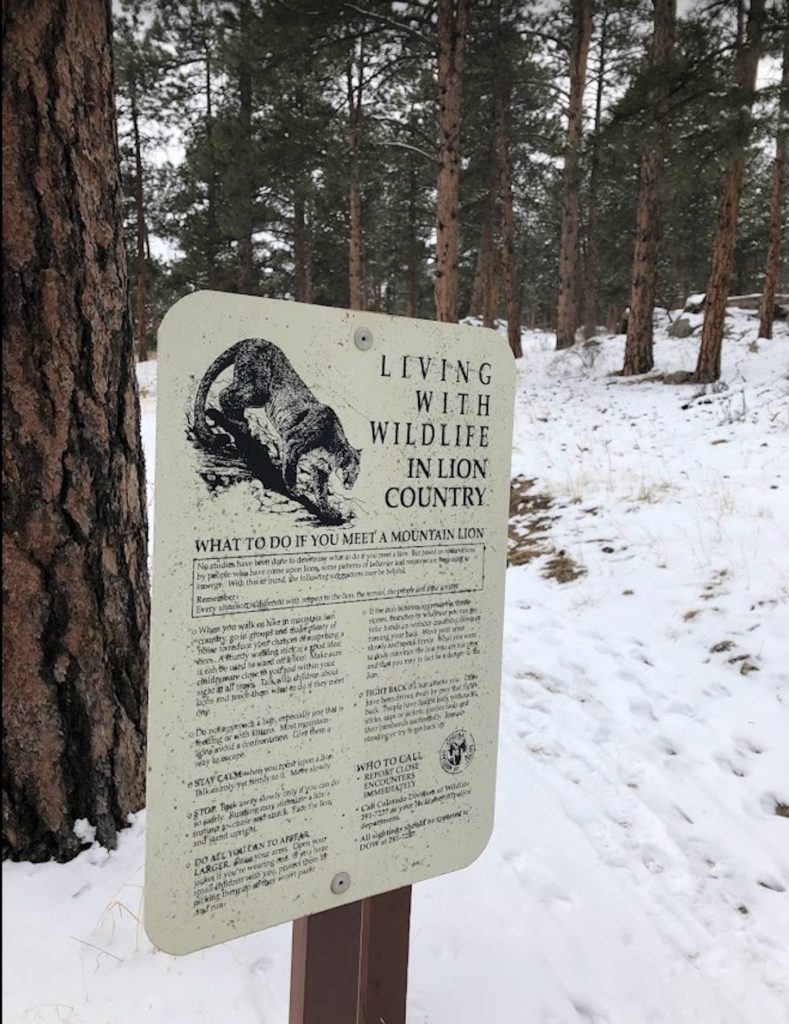
Will land managers notify trail-users of recent carnivore sightings?
Ms. Bonnell: Pay attention to posted notices at trailheads. Follow local agency social media accounts.
Are there times during the day or year I should avoid running the trails?
Ms: Bonnell: In my experience, there is no particular time of day or time of year where I would advise avoiding running on trails. I think runners always need to know and obey park and trail closures. It is important to obey park hours and not attempt to run on trails through the night.
I think all visitor groups always need to be aware of their surroundings when traveling the trail. This means listening, watching, and knowing which species may be found in the area and paying attention at the trailhead for posted notices. There are times where it may be more likely you will see certain species like bears become much more visible and active during the fall hyperphagia (the biological cue for bears to fatten up before hibernation).
Mountain lions may increase activity during crepuscular (dawn/dusk) hours, since their prey is more active at dawn and dusk. Coyotes may be more visible and more likely to defend a core territory from domestic dogs when they are in denning season.
Is it okay to run alone?
Ms. Bonnell: Yes. I prefer to hike and run alone. I make smart choices about where and when I hike and run alone. I also run through scenarios sometimes as I walk, hike, and run.
Are there avoidance strategies that work with all carnivores? i.e., noise makers, bear spray, traveling in groups, etc.
Ms. Bonnell: Being aware of your surroundings and knowing how to use your body and your voice are going to be the more important tools for personal safety. If you are carrying bear spray in your pack, the bear is not going to wait for you to dig it out. You need to holster and train on how to use the bear spray if you are going to carry it. Use inert spray to practice so you understand how it works and what the limitations are.
Large groups are a great way to avoid seeing any wildlife. Noise makers are helpful. Most don’t want to carry them handy enough to use them in instant, which is how fast wildlife interactions tend to happen. Do not attempt to approach large carnivores or run past them. Knowing how to aggressively posture using your body and voice as well as having the grit to use anything you have as a weapon in the unlikely event of an attack is important.
What is the most common trail-user mistakes?
Ms. Bonnell: Lack of awareness. Not paying attention to posted signs/notices, wearing ear buds, and, true story, electing to run past a mountain lion actively feeding on a carcass or electing to keep running once you have spotted a bear. Both scenarios ended OK for both runner and wildlife, but in both scenarios the runner was met with assertive body language and behavior by the large carnivore. I don’t blame the large carnivore in either scenario.
Is running with headphones, okay? Should I play my music on a speaker instead?
Ms. Bonnell: No to both. Jeffco Open Space does not allow amplified music. Our visitors are in our parks to enjoy nature, not your play list. If you must listen to something other than nature, use one earbud only so wildlife and other park visitors can communicate with you.
How should I handle my pet if I encounter a predator? Should they be leashed or unleashed?
Ms. Bonnell: If you love your pet, you will leash your pet. Always. Without exception. Voice control is a myth. I doubt most handlers have had the opportunity to test their dog being in voice command in the presence of a coyote that is play-bowing to encourage the dog to approach or in the presence of a moose. Loose dogs can agitate large animals and deliver an angry (fill in the blank) to a handler when they run back to fur mom or dad for help.
Jeffco Open Space requires that pets be always on leash. We have seen unleashed dogs suffer terribly or worse as they are bitten, chased, kicked, or disappear, never to be seen again, in the presence of wildlife. If you spot a large predator, shorten your lead.
What should I do when I see a bear or a mountain lion? What if they’re aggressive?
Ms. Bonnell: If these animals are at a significant distance, just enjoy seeing them and you can consider leaving the area if your general direction of travel is in the direction of the animal. Continue to be hyper aware of your surroundings, shorten your pet’s lead and consider talking or singing so you don’t surprise the animal.
If you encounter a large carnivore at close distance, say you pop around a corner on the trail and there it is, stop, make yourself look big, yell forcefully at the animal and begin to slowly back out of the area. If the animal approaches, wield anything you have in your hand and begin to shake or swing it between you and the animal. Park visitors have used water bottles, trekking poles, their bike, and backpacks as tools to enhance their presence and maintain a zone of safety around themselves.
Do not turn your back on the animal and do not turn and attempt to run away. If attacked, fight back. Use fists, feet, knees, rocks, and anything you can find to strike the animal. Do your best to stay on your feet.
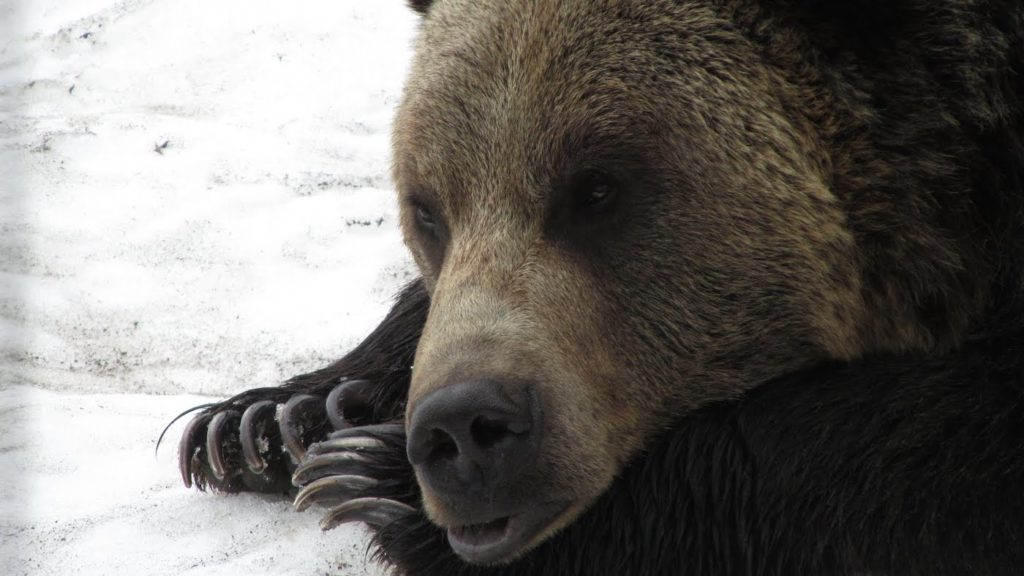
Author’s note: Grizzly bears are the exception to the “fight back” rule. The National Park Service provides the following guidance. “If you are attacked by a brown/grizzly bear, leave your pack on, and PLAY DEAD. Lay flat on your stomach with your hands clasped behind your neck. Spread your legs to make it harder for the bear to turn you over. Remain still until the bear leaves the area.”
What do you wish all trail runners knew?
Ms. Bonnell: Know which species they may encounter, mitigate risk, and have a clear plan for what you are going to do if you encounter wildlife on the trail.
Additional thoughts?
Help create safe social norms. If a running buddy is running with their dog off leash or with earbuds in, have a talk with them about safety and see if you can help shift their attitude. If a running buddy wants to run after hours or in a closed area, say no to the run. If a running buddy wants to run past an elk foraging right next to trail, don’t follow them. It is not safe and sometimes peers are the most persuasive voice/action for adjusting behavior.
For many trail runners, Ms. Bonnell’s advice will feel like common sense. However, as trail running’s popularity continues to surge, these lessons may save the lives of runners and wildlife alike. Now, a brief word on ungulates (our hoofed residents). No carnivore encounter has shaken me so intensely as being caught in the open by a cantankerous cow bison and her herd. While collecting hot spring samples in Yellowstone National Park’s backcountry, my colleagues and I were approached by the bison. Tail up, head low, and pawing the ground, she clearly had the advantage. We hunkered low to the sinter apron, removed our hats and backpacks, and sat through the longest minutes of my life. Satisfied with our groveling, she ushered her herd through the steam, and we beat a hasty retreat.
All the explosive and unprovoked wildlife encounters I’ve had have been with ungulates. An ungulate survives by intimidating the fiercest of predators and they don’t hesitate to apply those strategies to us. Trail runners would be wise to regard ungulates with the same caution and respect reserved for carnivores. Don’t get me started on moose.
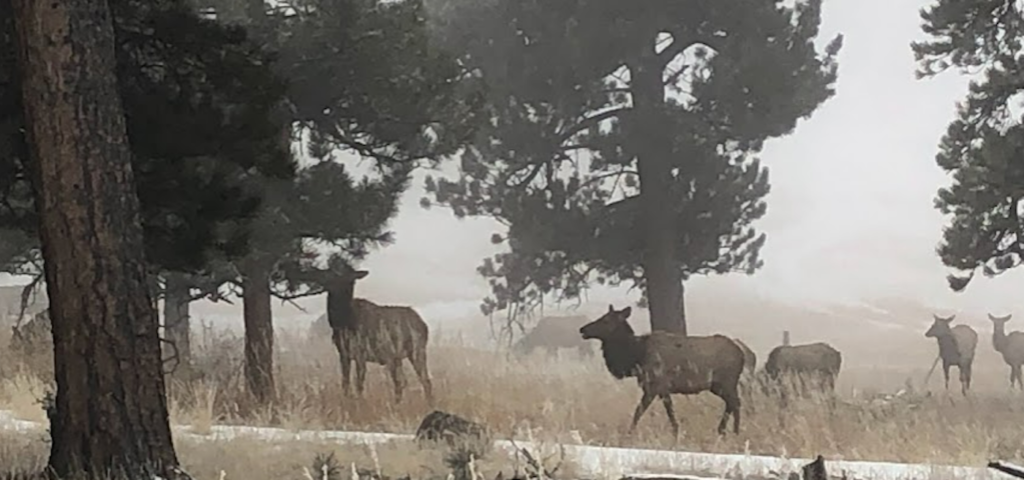
Join me for my next installment of carnivore coexistence strategies. My next topic, the wolves at our door…
About the Author

Esther is a geospatial analyst and outdoor junkie. When not evangelizing about trail running, she’s in Utah crashing her mountain bike into slick rock, questioning her life choices while skinning uphill in alpine touring skis, or showing her son how to gracefully fall off a boulder problem.
Share This Article!


